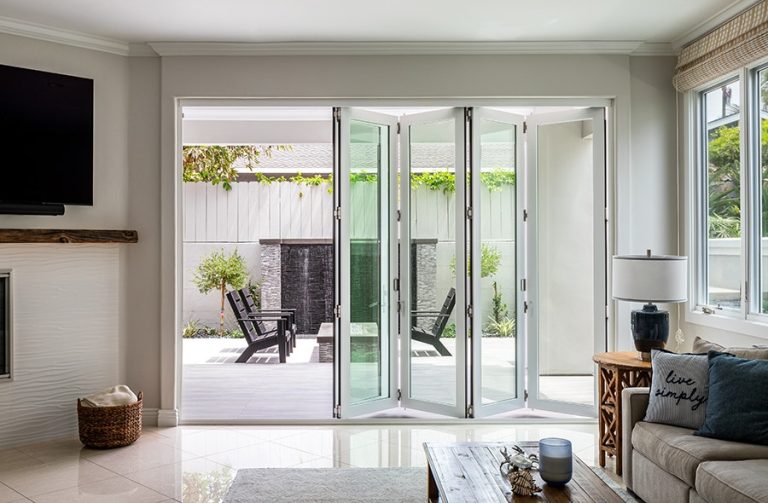
Why Accessible Remodeling Matters
Accessible remodeling is a crucial aspect of creating a living space that is comfortable and welcoming for individuals of all ages and abilities. It goes beyond aesthetics and focuses on ensuring that every member of the household can navigate and use the space with ease. Whether it’s making modifications to accommodate physical disabilities, aging in place, or simply creating a more inclusive environment, accessible remodeling plays a significant role in enhancing the overall quality of life for everyone.
Benefits of Accessible Remodeling
Improving Quality of Life
Accessible remodeling significantly improves the quality of life for individuals with disabilities or mobility issues. By making necessary modifications to the home, such as installing ramps, wider doorways, and grab bars, it becomes easier for them to move around independently and perform everyday tasks. These changes promote autonomy and empower individuals to live with dignity and convenience within their own homes.
Enhancing Independence
One of the key benefits of accessible remodeling is the enhanced independence it provides to individuals with disabilities or limited mobility. By incorporating features like adjustable countertops, lever handles, and walk-in showers, individuals can carry out their daily activities without relying on assistance from others. This fosters a greater sense of self-reliance and boosts confidence.
Increasing Safety and Security
Accessible remodeling significantly increases the safety and security of the home. Features such as non-slip flooring, well-placed lighting, and grab bars in bathrooms reduce the risk of falls and accidents. Additionally, installing security measures like peepholes and intercom systems at accessible heights ensures that everyone in the household feels secure and protected.
Boosting Home Value
An often overlooked advantage of accessible remodeling is the boost it can give to the home’s value. Potential buyers, including older adults or families with members with disabilities, look for homes that are already accessible or easily modified to be accessible. By incorporating universal design principles during remodeling projects, homeowners can attract a wider pool of potential buyers and potentially command a higher resale value.
Promoting Inclusivity and Accessibility
Creating an accessible home promotes inclusivity and accessibility, making it easier for individuals of all ages and abilities to visit and navigate the space comfortably. Whether it’s accommodating guests with mobility challenges or ensuring that every family member can fully participate in activities, an accessible home facilitates a greater sense of community and togetherness.
Creating a Safe Environment
When it comes to accessible remodeling, creating a safe environment is of utmost importance. This involves identifying potential hazards and taking appropriate measures to eliminate or minimize them. Some essential safety considerations include:
- Installing non-slip flooring or using slip-resistant treatments
- Ensuring sufficient lighting throughout the house, particularly in high-traffic areas and staircases
- Adding grab bars in bathrooms and near staircases for extra support
- Securing loose rugs or carpets to prevent tripping
- Covering sharp edges or corners with padding
Improving Accessibility in Different Areas of the Home
Creating an accessible home involves making modifications to various areas of the house. Here are some key areas where accessibility can be improved:
Accessible Bathroom Remodeling
The bathroom is one of the most important areas to consider when it comes to accessible remodeling. Some modifications to improve accessibility include:
- Installing a walk-in shower or a tub with a door for easy access
- Adding grab bars near the toilet and in the shower or tub area
- Ensuring the sink is at an appropriate height for wheelchair users
- Installing a raised toilet seat or a toilet with adjustable height
Accessible Kitchen Remodeling
The kitchen is another area where accessibility is crucial. Some modifications while performing huntington beach kitchen remodeling includes:
- Ensuring countertops and sinks are at appropriate heights for wheelchair users
- Installing pull-out shelves and drawers for easy access to items
- Using lever handles for faucets and cabinet hardware
- Providing adequate maneuvering space for wheelchair users
Doorway Widening and Easy Access Entryways
Widening doorways and creating easy access entryways is essential for individuals using mobility aids such as wheelchairs or walkers. Some considerations include:
- Widening doorways to a minimum of 36 inches for easy passage
- Installing ramps or lifts for homes with steps leading to the entryway
- Creating no-step entryways by eliminating barriers
- Installing automatic door openers for convenience
Installing Assistive Devices and Technology
Technology can play a significant role in enhancing accessibility within the home. Some examples include:
- Installing stairlifts or home elevators for multi-level homes
- Using smart home systems that provide voice-activated controls
- Installing emergency alert systems for easy communication during emergencies
- Using motion sensor lights for convenience and energy efficiency
Choosing the Right Flooring and Lighting
When it comes to accessible remodeling, flooring and lighting choices are critical to creating a safe and comfortable environment. Consider the following:
- Choosing non-slip flooring to reduce the risk of falls
- Ensuring adequate lighting throughout the house, particularly in hallways and staircases
- Using light switches and outlets at accessible heights for easy reach
- Utilizing natural light sources and incorporating window coverings for privacy and glare reduction
Working with Professionals
Accessible remodeling requires careful planning and execution. It is advisable to work with professionals who have experience in universal design and accessibility. They can provide expert guidance, assess your specific needs, and recommend suitable modifications and features based on your requirements and budget. Collaborating with professionals ensures that the remodeling project meets all necessary accessibility standards and regulations.







